Gaining a Different Perspective on Innovation through Platforms, Blocks, and Stack Designs
Paul Hobcraft
JUNE 8, 2023
My fun has been piecing these together to lead me to my suggested Vertical and Horizontal Framework for achieving a different innovation management design. Here I offer a different perspective of innovation that leads to proposing such a change. I will go into the final proposed components in my next post.

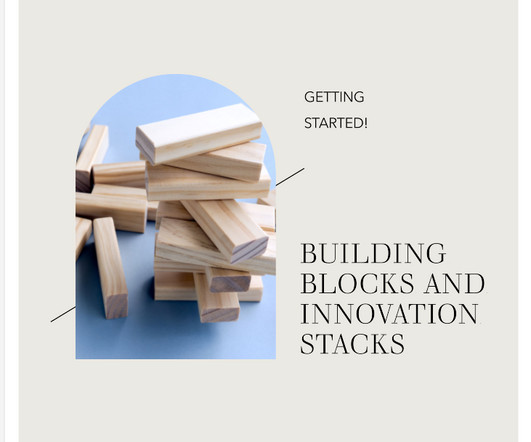


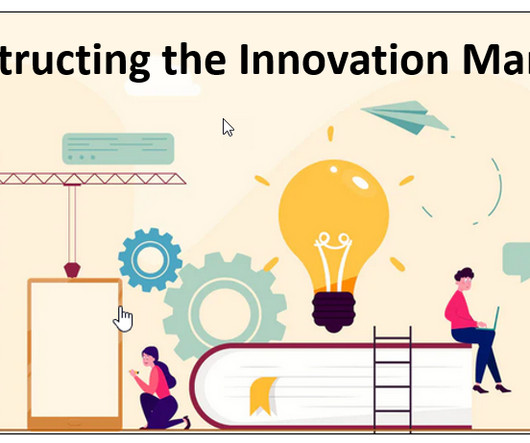


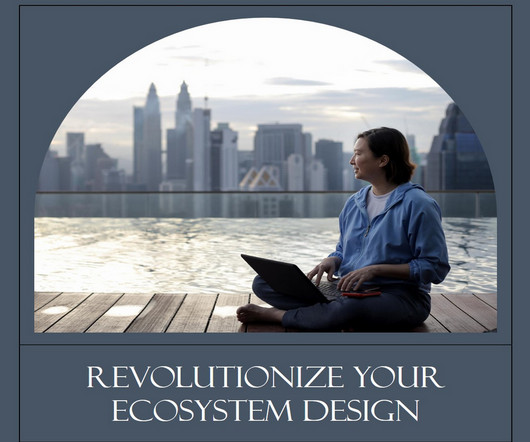

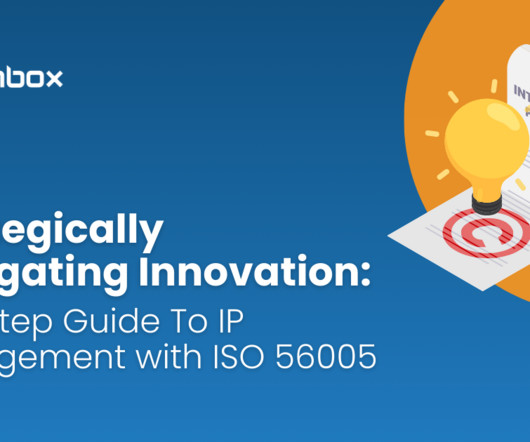
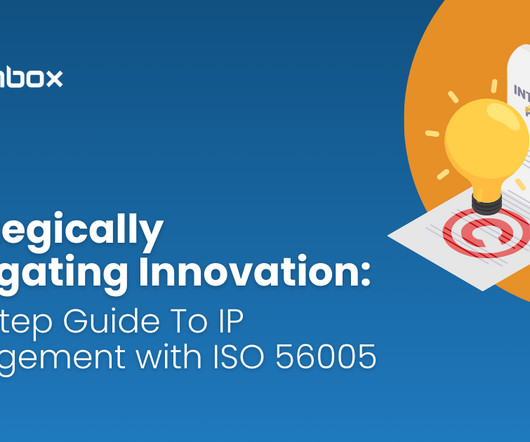
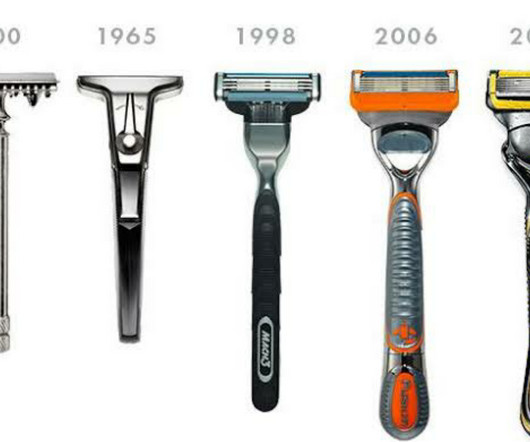












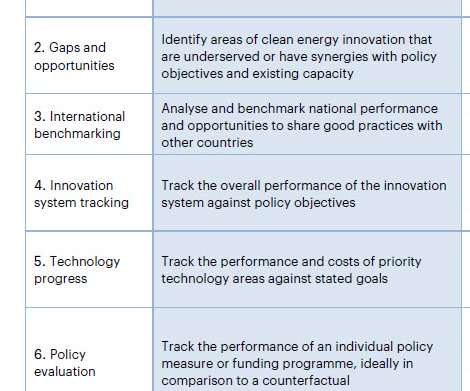

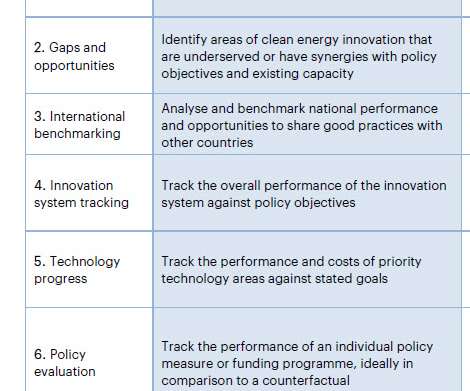
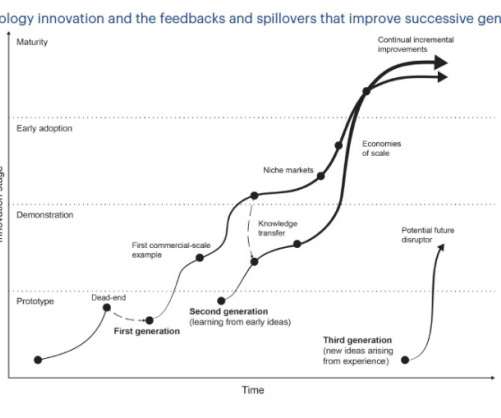












Let's personalize your content